Construction Starting Next Year on 2 Downtown High-Rises
The big development news this morning is that long-held plans for two Downtown Brooklyn residential skyscrapers, 388 Bridge Street and Willoughby West, are being dusted off, and construction is supposed to start on both next year. An article in the Journal notes that the two buildings are slated to be the tallest in the borough….
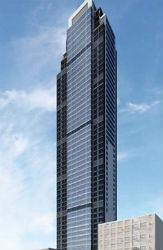
 The big development news this morning is that long-held plans for two Downtown Brooklyn residential skyscrapers, 388 Bridge Street and Willoughby West, are being dusted off, and construction is supposed to start on both next year. An article in the Journal notes that the two buildings are slated to be the tallest in the borough. Stahl Real Estate says it intends to start building 388 Bridge Street, rendered at right, early next year. The developer recently received financing for the 590-foot building, which is now being planned as a condo-rental hybrid (234 rental units, 144 condos) rather than a straight-up condo. (As we reported a couple years ago, a brownfield investigation at the 388 Bridge construction site probably played a role in delaying the building’s construction.) Meanwhile, Avalon Bay says it expects to start building its 596-foot Willoughby West rental, which will have 861 apartments and rise at Willoughby and Bridge streets, late in 2012. Avalon recently purchased another parcel on Willoughby Street for the development, but there hasn’t been any demolition action on the block yet.
The big development news this morning is that long-held plans for two Downtown Brooklyn residential skyscrapers, 388 Bridge Street and Willoughby West, are being dusted off, and construction is supposed to start on both next year. An article in the Journal notes that the two buildings are slated to be the tallest in the borough. Stahl Real Estate says it intends to start building 388 Bridge Street, rendered at right, early next year. The developer recently received financing for the 590-foot building, which is now being planned as a condo-rental hybrid (234 rental units, 144 condos) rather than a straight-up condo. (As we reported a couple years ago, a brownfield investigation at the 388 Bridge construction site probably played a role in delaying the building’s construction.) Meanwhile, Avalon Bay says it expects to start building its 596-foot Willoughby West rental, which will have 861 apartments and rise at Willoughby and Bridge streets, late in 2012. Avalon recently purchased another parcel on Willoughby Street for the development, but there hasn’t been any demolition action on the block yet.
Developers Launch Battle Of Brooklyn [Wall Street Journal]

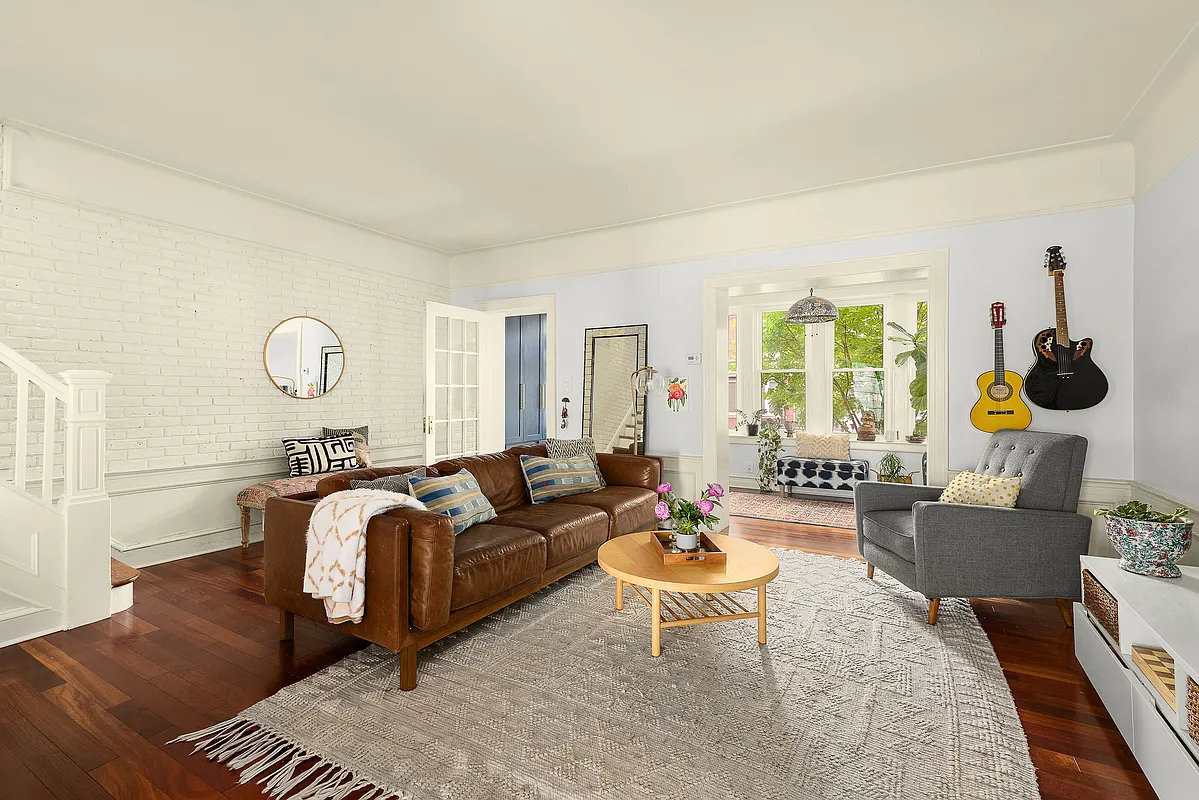
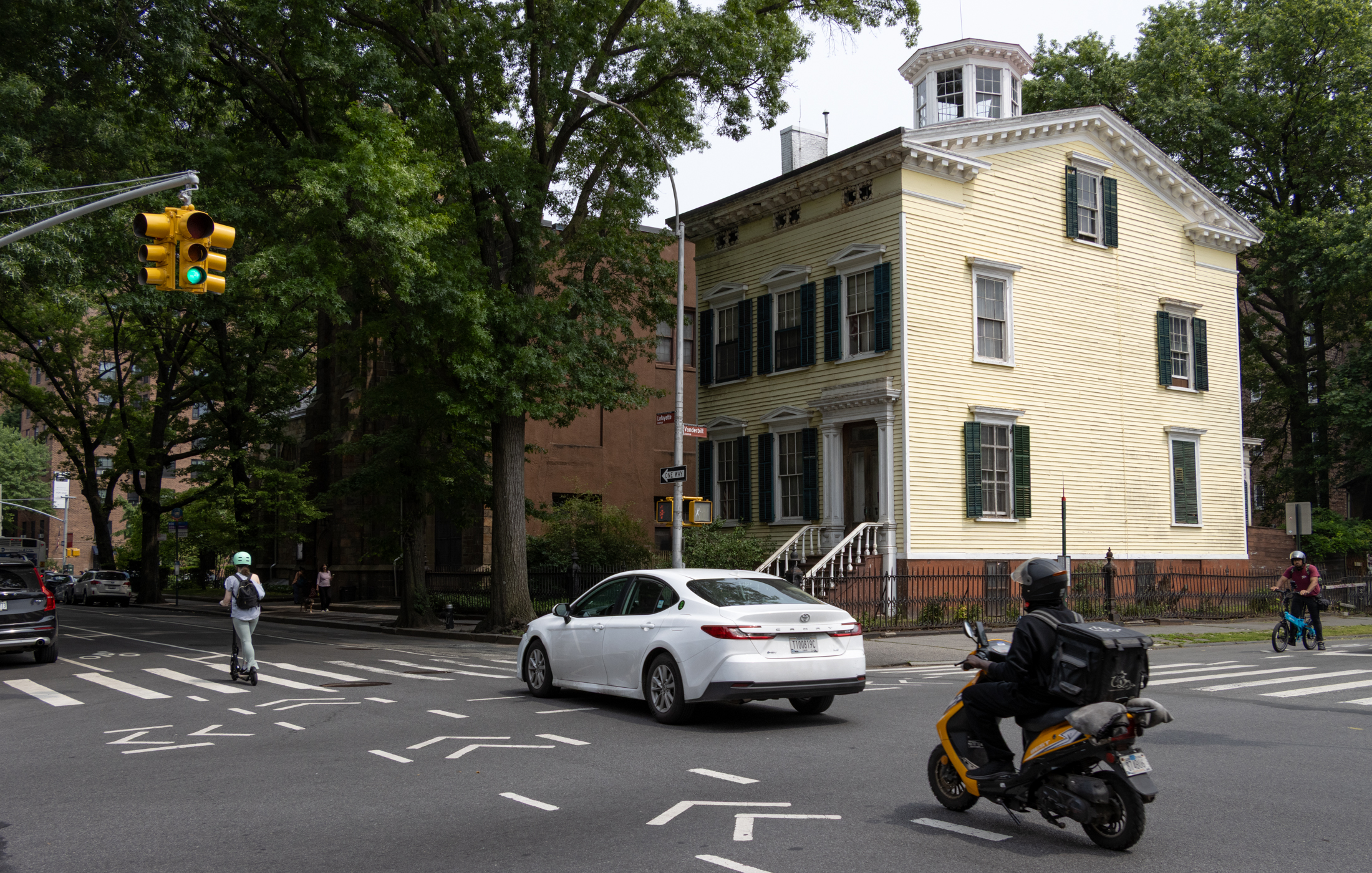
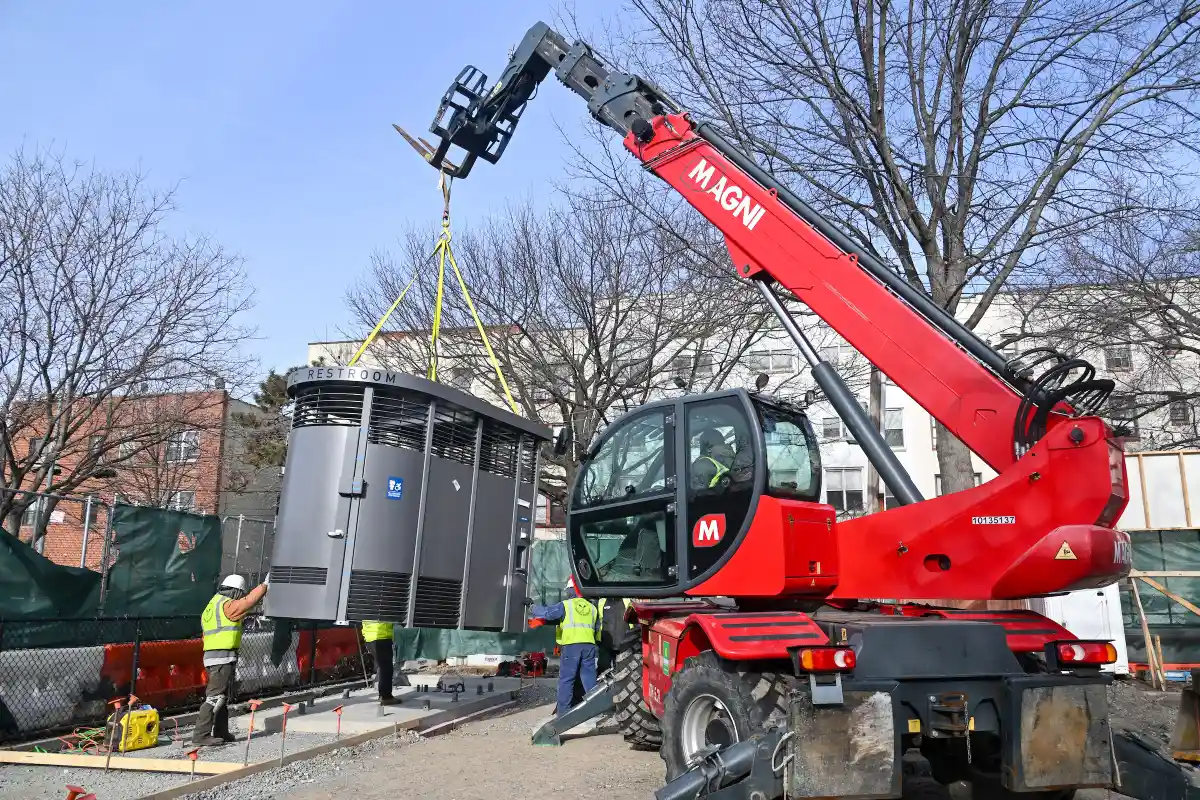
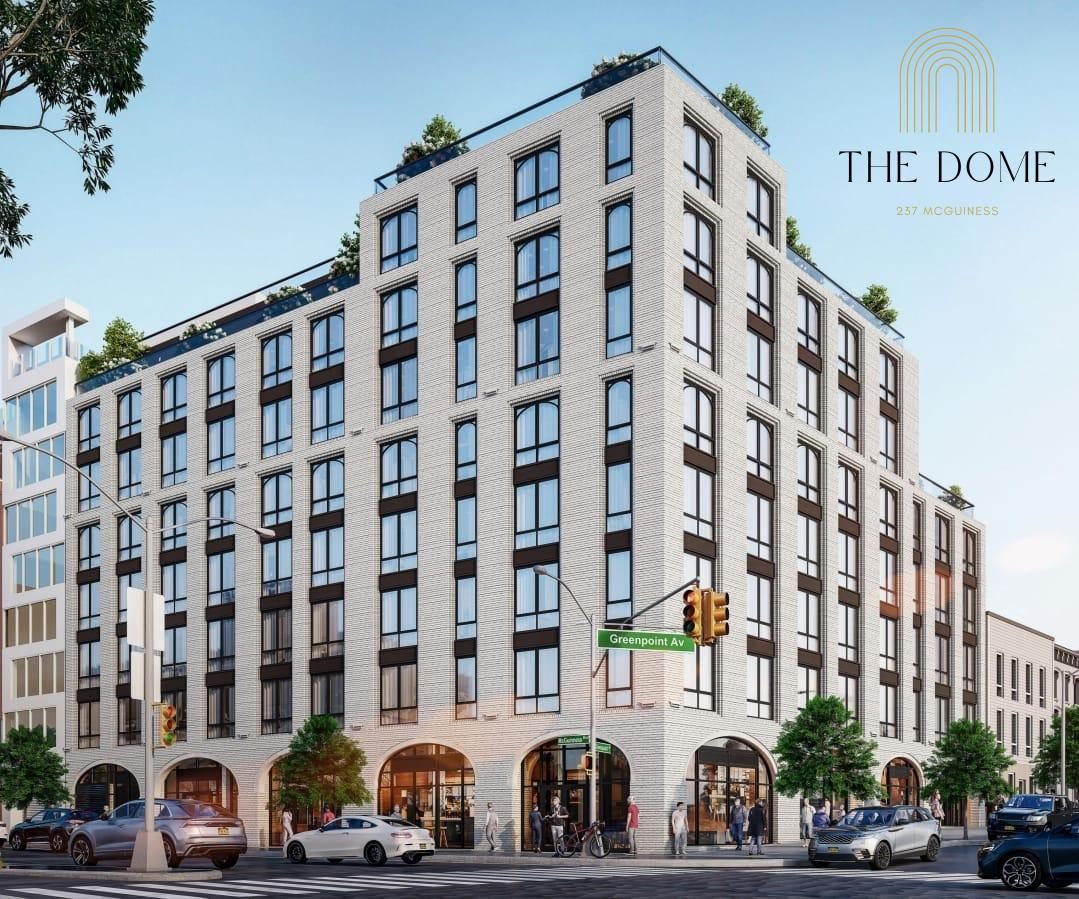
Actually maybe the ideal is a very dense urban core with residential, commercial and retail all operating in an area where it is easily served by mass transit, and utilize economies of scale so as to reduce our societies environmental footprint and have things be more efficient and cost effective?
BHO – I know you know the answer to your silly questions. The equity comes from the investors (owner/developer) and the protection is the mortgage which gives the lender a lien against the property in the event of a default.
During the Japanese bubble (and our own) Banks (and other financial institutions) were loaning money in EXCESS of the equity value of the property based on models, assumptions and fraud. This is no longer happening and in fact lenders have gone the other way, making loans to the most conservative values possible and requiring that developers invest significant equity (often up to 50%) in order to close the loan. Obviously this reduces owners/developers leverage and makes development more expensive and risky for developers (and less risky for the lenders)
In short, the development of these buildings is NOTHING like the Japanese in the late 80’s (or the US in the mid-late 00’s) – doesnt mean that they wont lose value or be money losers – it just means that it is nothing like the bubble you cited.
You have been predicting the imminent collapse of the NYC RE market for at least 5 years that I am aware – you really ought to stop; not because eventually you wont be right, but because you have been wrong for so long as to make your predictions meaningless.
BHO – I know you know the answer to your silly questions. The equity comes from the investors (owner/developer) and the protection is the mortgage which gives the lender a lien against the property in the event of a default.
During the Japanese bubble (and our own) Banks (and other financial institutions) were loaning money in EXCESS of the equity value of the property based on models, assumptions and fraud. This is no longer happening and in fact lenders have gone the other way, making loans to the most conservative values possible and requiring that developers invest significant equity (often up to 50%) in order to close the loan. Obviously this reduces owners/developers leverage and makes development more expensive and risky for developers (and less risky for the lenders)
In short, the development of these buildings is NOTHING like the Japanese in the late 80’s (or the US in the mid-late 00’s) – doesnt mean that they wont lose value or be money losers – it just means that it is nothing like the bubble you cited.
You have been predicting the imminent collapse of the NYC RE market for at least 5 years that I am aware – you really ought to stop; not because eventually you wont be right, but because you have been wrong for so long as to make your predictions meaningless.
Anyone know what the parking minimums or maximums are going to be? All the foot traffic and density will be a boon for Downtown BK – as long as our dumb politicians (i.e., Marty and anyone from Bay Ridge) don’t try to cram another 10,000 cars into the area.
They should build these buildings without any parking spaces whatsoever.
C:
BHO – No they didnt
Brenda – this is literally smack dab in the middle of “downtown brooklyn” there is absolutly no better place for this kind of development than here virtually every single subway line in the city passes nearby and would be 1 or 2 stops to Manhattan
Massive lending, which resulted in huge bubbles in all assets including equities and real estate (just like what happened here – on a somewhat smaller scale leading up to 2007).
Now you may beleive that Brooklyn RE is overvalued but new developments are simply not over financed. You cannot get Banks or other institutions to lend money without significant protections for the lender and tremendous equity investment by the developers.